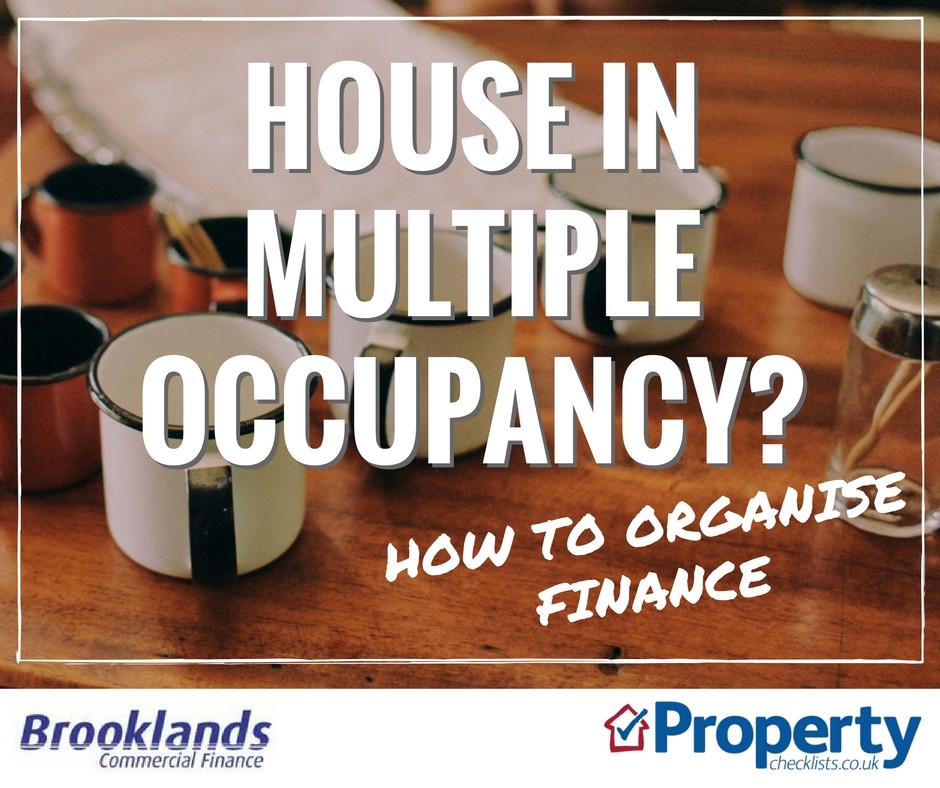Interesting data from the nationals this month. Probably the most interesting is that apart from the Rightmove Index, property prices are continuing to rise a lot faster than their long term average from 2005 to date.
The annual average rise during this time tends to hover around 3% increase per year. However, Nationwide, Halifax, e.surv and UK HPI are recording 6-8% rises year on year, while Rightmove suggests that the market might be calming down a little with rises of 2.7% year on year versus the annual average of 3.4% between 2005 and 2021.
Perhaps the biggest surprise is that despite the incredible growth in 2020, which would, during any circumstance be difficult to beat, people are so desperate to move, the market in 2021, so far, is still beating last year, despite the ‘doom and gloom’ around likely unemployment figures.
The main summary of the national figures is that for sellers, this is probably one of the best times to put your property on the market, but they are only likely to benefit from the reduced £250,000 stamp duty holiday as it’s likely to be too tight to sell now before the end of June.
What will happen next?
The next few monthly reports probably won’t help us that much, as there will be little data to compare the market to over April and May’s lockdown last year. When the data ‘returns’ in June and July, we are likely to see less buoyant numbers as the market should show either no increases or even show falls, due to the fact that the boom in 2020 was in the second half of the year.
For the full national commentary, download Kate's comprehensive report here
Regionally the market is starting to go back to different levels of growth with the West Midlands showing the lowest increase year on year, still a healthy 4.7%, while the North West is racing away with a staggering 12% increase. Versus the long term annual averages since 2005, it’s only London that’s still performing at the ‘long term trend’ level, with a 5.3% rise versus an annual average of 4.9%.
It’s good to see that areas such as the North East, Yorkshire and Humber are now beginning to benefit from an uplift in prices having seen fairly low growth since 2007, with the North East nearly recovering to price averages from 14 years ago!
Source: UK HPI
Regional commentary from individual indices
RICS
“In terms of the regional breakdown, prices are reportedly rising across all regions/countries of the UK, with the strongest momentum signalled by respondents in the North West, Yorkshire & the Humber, as well as Northern Ireland. Given the recent excess of demand over supply, prices are expected to continue on a firmly upward trajectory over the coming three months. Twelve-month price expectations are now pointing to significant growth across all parts of the UK, led by particularly elevated readings in Wales, Scotland, and Northern Ireland.”
Nationwide
“The North West was the strongest performing region, with prices up 8.2% year-on-year. This is the strongest price growth seen in the region since 2005 and average prices reached a record high of £181,999. There was also a further pick up in price growth in the neighbouring North, which saw a 7.2% annual increase. London was the weakest performing region, with annual price growth softening to 4.8%, from 6.2% in Q4 last year. The surrounding Outer Metropolitan region, which includes places such as Slough, Guildford, Crawley and Chelmsford, saw annual price growth remain stable at 5.6%. The South West was the only southern region to see an acceleration in annual price growth, which picked up to 7.2% in Q1, from 6.6% in Q4. Annual house price growth remained broadly stable in West Midlands at 7.6%, but the East Midlands, the top performing region last quarter, saw slower annual growth of 6.0%.”
Hometrack
“Price growth ranges from 5.7% in Wales and 5.3% in the North West of England, to London, trailing with 2.3% growth.”
To read the full regional analysis, download the report here
As with the regional data, towns and cities are performing at much different rates now. Topping the growth charts is Liverpool showing a staggering 23.4% increase while Cambridge and Peterborough are running at a year on year rise of just a 1.7%.
With the different countries opening the housing market at different times, Glasgow is seeing a great return year on year of 11.6% while nearby Edinburgh is up just 2% - reflecting the issues of affordability. Looking at the Hometrack data, Aberdeen is one of the few cities that is still recording prices falling while the oil industry continues to suffer.
However, the good news is the market is buoyant, the stamp duty relief has helped to keep the growth going for another few months and taken a bit of pressure off the market, so we are now likely to see a good level of transactions into the Autumn, but from October onwards, the market is likely to slow down.
Source: UK HPI
Source: UK HPI
For the full analysis of towns and cities, download Kate's comprehensive report here
It’s always a ‘feel good factor’ when prices are rising, but the real numbers of interest to the industry, economists and the government is what’s happening to transactions.
By a miracle, property transactions were only slightly down in 2020 from the previous year and not that far off the long term 1.2 million sales we normally see per year. Forecasts for this year suggest that transactions will be similar, if not a little more buoyant.
All the indices are suggesting demand is high, stock is short and, as a result, sales are good, with Rightmove commentating that “almost two out of three properties (62%) currently on agents’ books are now sold subject to contract.”
This is all great news for the industry, but most importantly for the economy, especially as stores open up, allowing people to spend the money they want doing up their new homes, or just buying the furnishings they have always dreamed of.
Property transactions, demand and supply commentary from the indices
Rightmove
“The number of buyers enquiring about each property for sale on Rightmove is the highest ever measured. It continues to grow as the traditionally busiest period of the year approaches, and in February was 34% ahead of the same month a year ago. The start of the traditional spring home-moving period saw the number of sales agreed for the first week in March up by 12% on the prior year. High levels of buyer demand have a clear correlation with high levels of sales being agreed by estate agents, and this record demand means that almost two out of three properties (62%) currently on agents’ books are now sold subject to contract. However, there are early signs that this supply shortage may now be easing, with more owners deciding to market their properties, spurred by the extension of government incentives and a more tangible roadmap to normality. New listing numbers are seeing momentum building in their weekly run-rate, and for the first week in March were only 5% down compared to the prior year after being over 20% down in February.”
NAEA Propertymark
“The average number of sales agreed per estate agent branch stood at 11 in February which is an increase from 10 in January. Year-on-year, this figure is up from nine sales per estate agent branch in February 2020 and seven sales per estate agent branch in February 2019.
“The number of sales made to FTBs stood at 25 per cent in February, rising from 23 per cent in January. This is the highest figure recorded since July 2020.
“The number of properties available per member branch stood at 34 in February, falling from 38 in January.
“The average number of house hunters registered per estate agent branch stood at 388 in February, which is a decrease of 20 per cent from 487 in January. This is the lowest number recorded since June last year. However, it is the highest number recorded for the month of February since 2017.”
RICS
"At the national level, +42% of respondents cited an increase in new buyer enquiries during March. This is up from a reading of zero previously and marks the strongest return since September last year. Alongside this, new instructions coming onto the market also improved, albeit the pace of growth (in net balance terms) was not enough to match the pick-up in demand reported. Indeed, a common theme running through the comments left by contributors is that demand is running ahead of supply, and more new instructions will be needed to balance the market going forward. On that front, +29% of respondents noted that appraisals were up on the same period last year (a turnaround on a reading of -19% in February), suggesting more new instructions should be in the pipeline over the next few months.
“Agreed sales rose firmly during March, evidenced by +50% of contributors reporting an increase. This marks a sharp acceleration compared to last month (+7%) and is in fact the strongest reading since August last year.”
Hometrack
Post-Budget spike in demand for housing
"The Chancellor’s announcement of a stamp duty holiday extension and 95% mortgage guarantees created a 24% spike in buyer demand in England and Northern Ireland the days following the Budget, as more first-time buyers and movers entered the market. Average buyer demand levels since the start of this year are running 13% higher than average levels across the whole of 2020. The largest post-budget bounce in demand was for three-bed houses - this type of home is attracting the largest levels of demand across the country. However, there was a noticeable spike in demand for one and two-bedroom flats in London and the South East after the Chancellor’s announcements, signalling increased buying intent among first-time buyers and those looking to take advantage of the tapered stamp duty holiday.
"While there was a slight post-budget rise in supply, overall supply levels remain deeply constrained, with total supply this year down 13% vs the 2020 average. As lockdowns ease and vaccinations continue to be rolled out, we expect more pent-up supply to come back to the market as vendors feel more comfortable opening their homes for viewing, albeit with the usual seasonal Easter dip."
The ‘search for space’ pushes house prices ahead
"Continued demand for larger family homes as buyers look for more inside and outside space is putting upward pressure on the value of houses, especially as supply remains constrained. Across the UK, the average price for a house has risen by +4.9% over the last 12 months, compared to a +1.9% increase for flats. Prices have risen most strongly in Wales and the North West, where the average value of a house is up 6.2% on the year. The price growth for flats is notably smaller in comparison, at 3.5% in Wales and 1.8% in the North West."
Download the comprehensive report here for full analysis of transactions, demand and supply
The Advisory track current market conditions so buyers and sellers can gain an independent view of how easy it would be to buy and sell their home in their area. This makes it easier for good agents that are honest about market conditions to value and manage expectations. For example, in SS8 88% of the properties on the market are under offer.
From PropCast’s perspective, the hot markets from a postcode perspective don’t necessarily track the overall increases and decreases seen even at town and city levels, with Canvey island, Broadstone, Hayle, Brighton and Bristol having some of the busiest markets, and London/Liverpool having some of the slower ones. View the House Selling Weather Forecast here.
Source: TheAdvisory
| Will your property deliver in retirement? - Chase de Vere |
How to organise HMO finance - Brooklands |
Are you in a buyer's or seller's market? - TheAdvisory |
 |
 |
 |